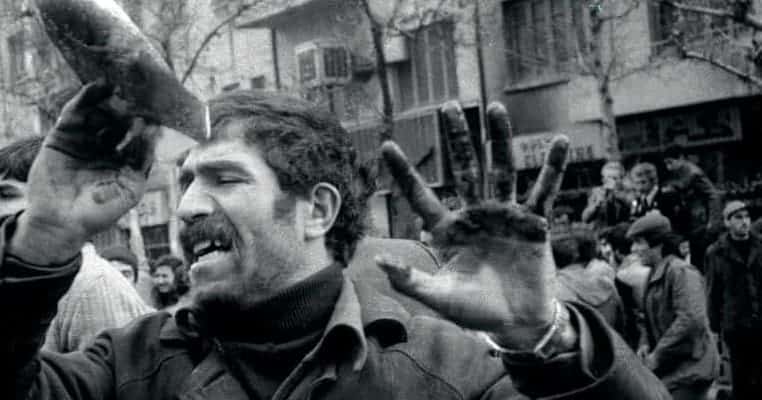The Iranian Revolution was one of the pivotal events that define many aspects of international relations today. With issues about sanctions in the news, many people are once again asking questions about the Islamic Republic of Iran and just why it matters so much. Understanding the story behind the Iranian Revolution will help you see why tensions between the United States and Iran are still frozen.
16. The Pahlavi Dynasty Controlled Iran

On February 21, 1921, Reza Khan Pahlavi, later known as Reza Shah, and 3000 of his troops marched into Tehran and overthrew the government, which at the time was a constitutional monarchy. The monarch at the time was Ahmed Shah Qajar; the Qajar dynasty was reviled for its incompetence, doing things such as selling off Iran’s territory to fund the royal family’s lavish lifestyle. When Reza Khan Pahlavi became prime minister and was later declared shah, he seemed to be a savior of sorts, someone who would restore Iran to the former glory of the Persian Empire.
However, Reza Shah established himself as an autocrat. Many viewed his reign as a “one-man rule” that disregarded the Iranian constitution and parliament. Many people, particularly in rural areas, starved under his land reform policies; they were said to bear the brunt of his rule. He was deposed in 1941, during the Anglo-Soviet invasion of Iran (World War II), and his son, Mohammad Reza, became the new shah. He would not only continue with the popularizing and modernizing reforms of his father but would add his own, bringing Iran into closer alliance with the West. The secular Pahlavi dynasty would hold power until Mohammad Reza Shah was ousted in 1979 by the Iranian Revolution.

